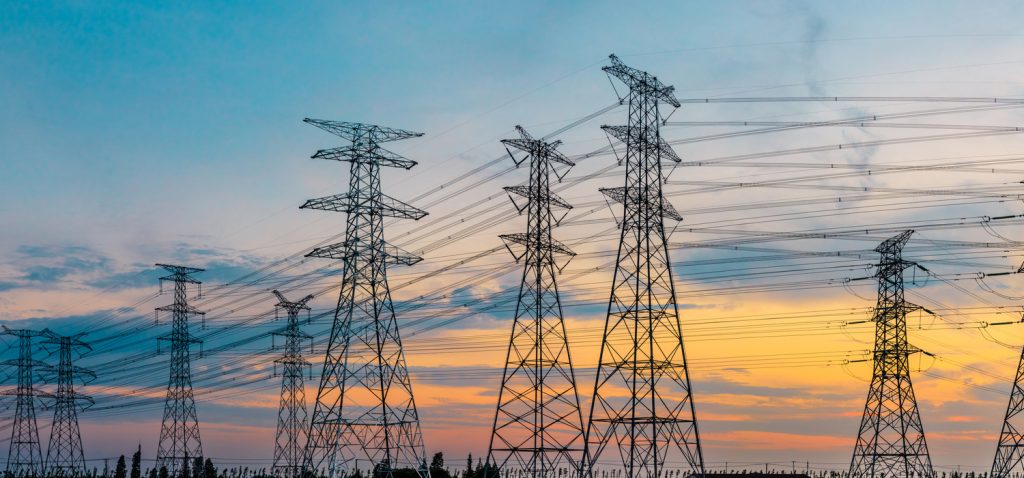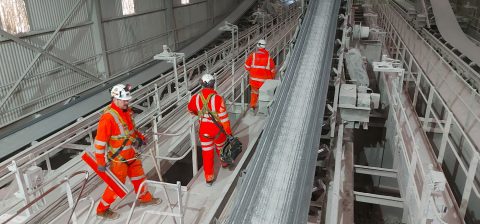SA Mining
Brand Coal
Coal continues to power the greater part of the world, with emerging markets highly dependent on it. However in the face of climate change, coal dependence is under pressure. World Coal Association CEO Michelle Manook says that if the sector resists transformation through technology and modernisation, then there’s little chance of it thriving.
Addressing delegates at the virtual Coal Industry Day, Manook called for the creation of a new narrative for “brand coal” underpinned by technology transformation.
While it was generally perceived that dependence on coal was declining, the reality was that “global coal capacity grew every year between 2000 and 2019, nearly doubling from 1 066GW to 2 045GW with more than 319GW of new coal capacity being added in emerging markets between 2014 and 2018”.
“Coal remains the world’s largest single source of electricity and will still be the biggest contributor in the fuel mix pie at 22% in 2040. Beyond electricity, coal is literally a ‘building block’ to industrialisation, critical to the production of 90% of the world’s cement, 70% of global steel, and more than 60% of energy used to make aluminium.”
With the global population pegged at 10 billion people by 2050 and two thirds expected to be living in urban areas, demand for infrastructure developments will require the building materials of steel and cement. As such, coal will continue to be the mainstay as a power source for the next couple of decades.
But for coal to continue to be relevant and thrive, it has to evolve and transform.
“We speak a lot about mitigation when it comes to coal. We don’t speak enough about the constant innovation in the coal industry. Just last week I spoke with senior representatives from the American Coal Industry leading a discussion on a ‘net negative CO2 Baseload Power initiative’, achieved through co-firing coal/biomass with carbon capture and sequestration (CCS).
“With more than 319GW of new coal capacity being added in emerging markets between 2014 and 2018, and 1 000 coal plants in various stages of development currently, we cannot afford to see developing nations forced into sub-economic paths, or emissions stemming from sub-optimal technology deployment,” she said.
However Manook was quick to point out that while the world was calling for speedy transformation of the sector on the back of the devastating impacts of climate change, it was unable to sustain the sort of net zero projections being continually impressed upon it.
“For instance, to meet the International Energy Agency’s Net Zero to 2050 scenario, emerging and developing economies would need to increase clean energy investments more than sevenfold – from $150-billion in 2020, to $600bn by 2030. By 2050, this figure would balloon to more than $1-trillion despite developing nations experiencing a current 8% decline between 2019 and 2020 and struggling with additional crisis highlighted by the COVID pandemic.”
Speaking of costs, Manook said while the estimated cost for clean coal technologies of R60bn for South Africa seemed unattainable, this was until it was compared to the economic cost of not having stable, secure generation available.
“Load shedding is estimated to cost the South African economy R500-million per stage, per day, and a report by the [Council for Scientific and Industrial Research] Energy Centre shows that in 2019 alone, the cost to the economy was between R60bn and R120bn, totalling as high as R338bn for the last decade.”
She points to the deployment of carbon capture, utilisation and storage (CCUS) technology as a potential innovation that is both an economical and environmentally acceptable route to a low-carbon future, but also one that would enable coal to form the basis of a future hydrogen economy.
An advantage of taking this route is the highly attractive price of hydrogen from coal and carbon capture and storage (CCS) which is priced at around $2.50-$3.50 per kilogram – “a fraction of green hydrogen, which can be up to $26 per kilogram”.
“Hydrogen from coal with CCS is proven and operating at commercial scale now. The Great Plains Synfuels Plant in America produces around 1 300 tonnes of hydrogen per day in the form of hydrogen-rich syngas from brown coal gasification with CCS,” she says.
Although many financing institutions have been reticent to fund coal projects recently, a key factor that has been hampering coal miners from developing new projects or investing in expansion programmes, the good news is that some investors continue to have an appetite to progress coal projects.
According to Manook, in January 2021, 4 488 institutional investors held investments totalling $1.03-trillion in companies operating along the thermal coal value chain.
“Between 1 October 2018 and 31 October 2020, 665 banks provided loans totalling $315bn and underwriting activities worth over $808bn.”







 Sign-up and receive the Business Media MAGS newsletter OR SA Mining newsletter straight to your inbox.
Sign-up and receive the Business Media MAGS newsletter OR SA Mining newsletter straight to your inbox.